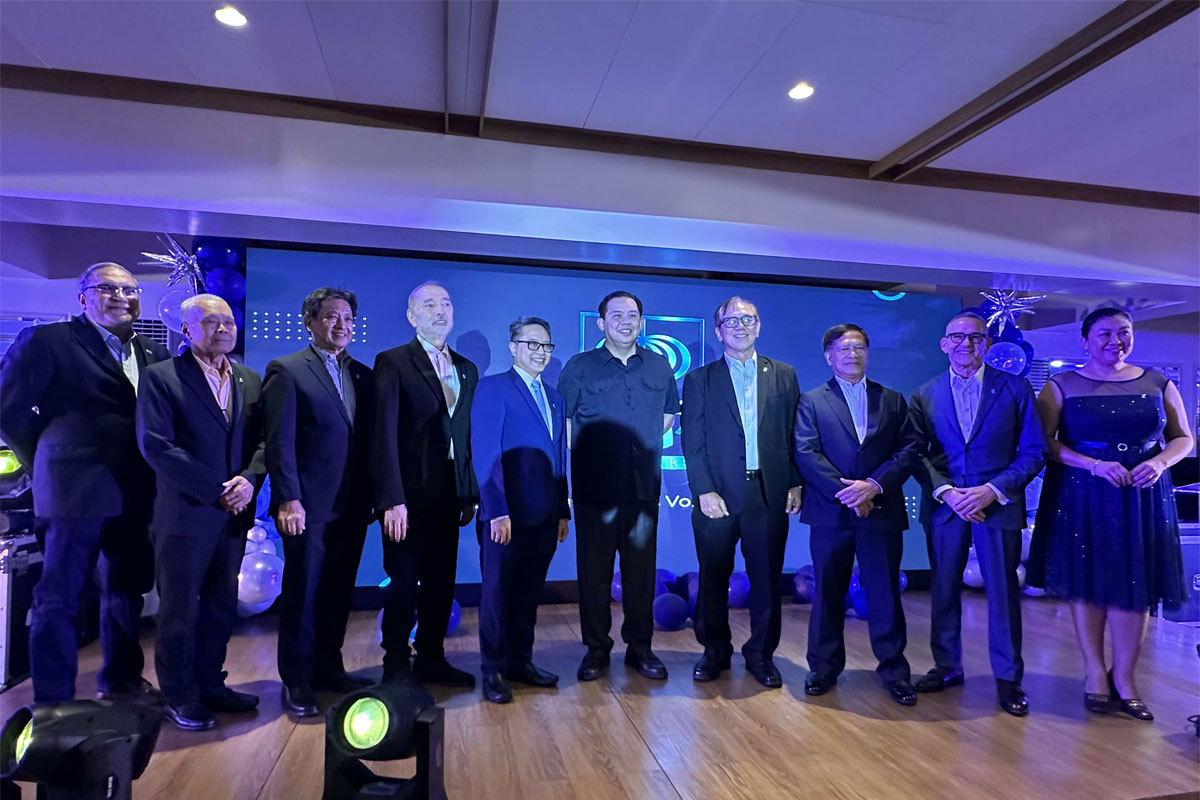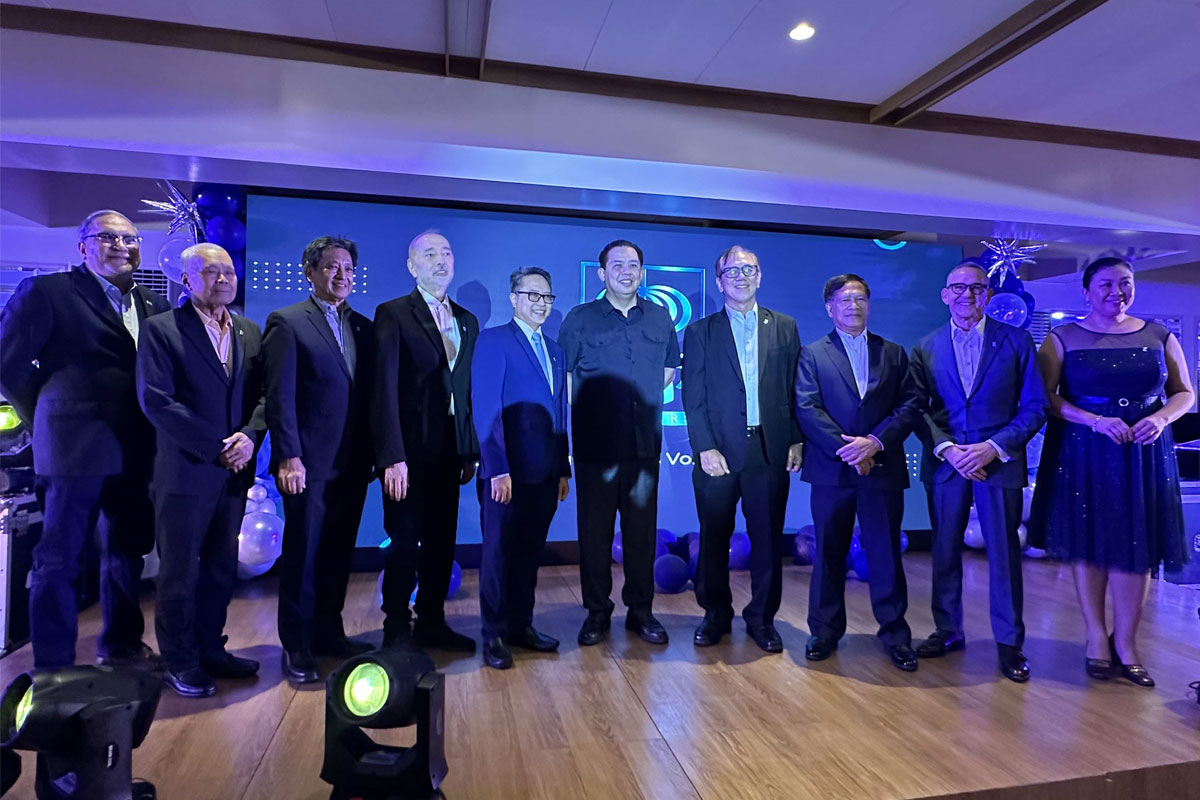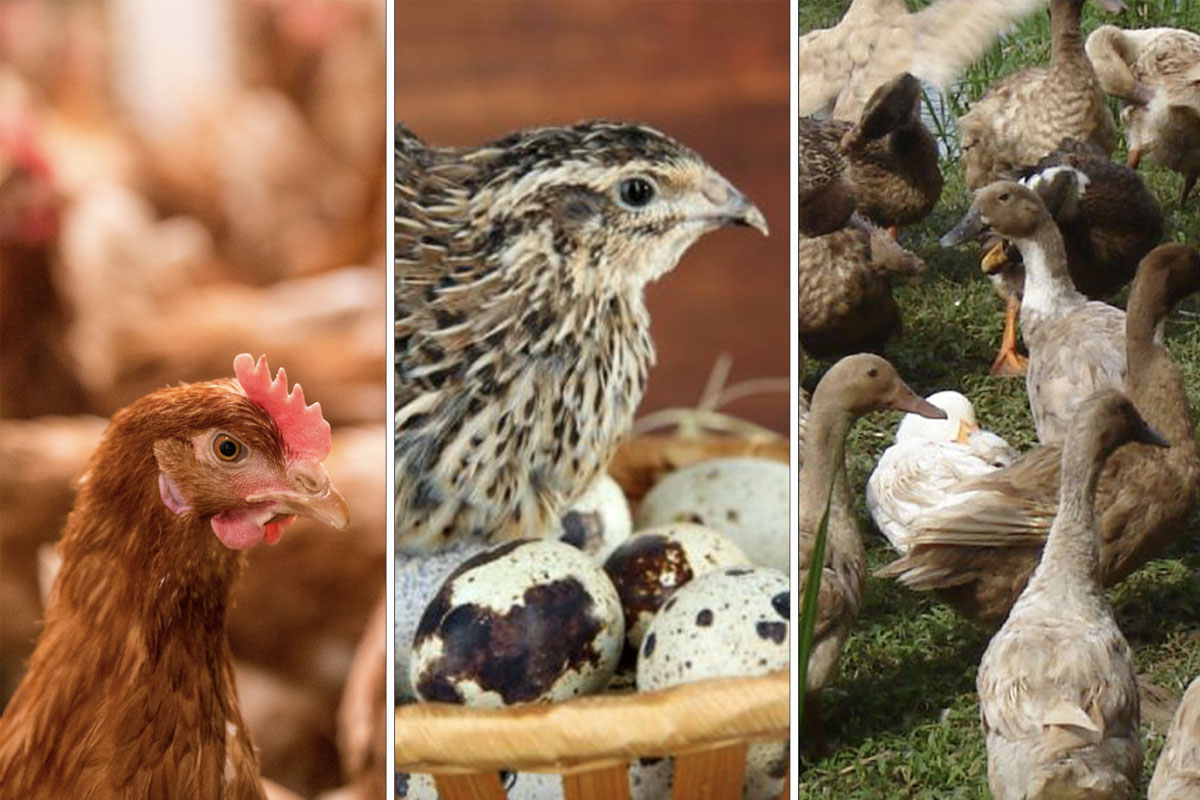
GR cultivation to solve Vitamin A deficiency in PH
THE deficiency of Vitamin A for low- and middle-income families in the country, particularly the children, will soon be resolved with the first-of-its kind rice variety, Golden Rice (GR), which commercial cultivation has been recently approved.
National scientist and Institute of Plant Breeding Founder Emil Javier said that the approval for the commercial cultivation of GR will augment the problem of Vitamin A deficiency not only in the country but also in the whole world wherein at least 190 million children under five years of age worldwide are affected.
The Bureau of Plant Industry (BPI) recently granted the permit to cultivate Golden Rice after the proponent, the Philippine Rice Research Institute (PhilRice), complied with the lengthy, rigorous food safety and environment regulatory requirements.
The Joint Department Circular issued by Department of Science and Technology (DOST), Department of Agriculture (DA), Department of Environment and Natural Resources (DENR),Department of Health (DOH), and Department of Interior and Local Government (DILG) prescribed the said rigorous regulation.
Javier explained that the GR is a new unique variety of rice specially bred that contains beta carotene, the precursor of vitamin A, an essential nutrient which humans cannot synthesize on their own, and therefore cannot live without.
Lack of vitamin A predisposes people, especially children, to increased risk to respiratory diseases, diarrhea, measles, night blindness, and can lead to death. Vitamin A deficiency (VAD) continues to be a major nutrition and public health concern in low- and middle-income countries, including the Philippines.
He added that the said rice variety is first of its kind in the scientific world because the genes for beta carotene bred into Golden Rice were obtained by genetic engineering. The beta carotene genes come from a genetically distant edible relative, yellow corn.
Dr. Nina Gloriani, former dean of the College of Public Health, UP Manila, on the other hand, said that they had been long waiting for Golden Rice’s regulatory clearance although the Philippines had been remarkably successful in combating VAD in recent years.
Gloriani disclosed that between 2003 and 2008, the VAD prevalence among children was lessened from 40 per cent to 17%. However, among the poorest fifth of Filipino children, VAD prevalence remains unacceptably high at 26%.
She, however, said that these deficiency numbers have not changed between 2008 and 2018, which needs to be addressed further.
According to the 2019 national nutrition survey by the Food and Nutrition Research Institute (FNRI-DOST), only two out of 10 Filipino households meet the estimated average equivalent for Vitamin A.
Gloriano stressed that the GR can provide a partial relief on this problem as laboratory and human feeding trials suggest that one cup of cooked Golden Rice can provide 30–42% of Vitamin A estimated average equivalent for pre-school children.
Since the beta carotene is naturally embedded in the GR grain, the needed essential nutrient comes at no additional cost and effort to the consumer, a significant benefit to poor households.
Meanwhile, Dr. Eufemio T. Rasco, Jr., chairman of the Agriculture Sciences Division of the National Academy of Science and Technology, said the development of Golden Rice took very long (over 20 years) because the beta carotene genes from yellow corn had to be meticulously transferred into popular rice varieties acceptable to farmers.
Rasco said that otherwise the farmers will not plant them. The new Golden Rice varieties must have high yield, resistant to pests and diseases, suited to a wide range of growing conditions and with superior eating quality.
The conversion of regular rice varieties into Golden Rice involved conventional plant breeding methods spanning over many crop generations and years.
Unlike the regular white well-milled rice, the grains of Golden Rice are translucent golden yellow in color.
When cooked, Golden Rice looks very much like the saffron-colored rice in the Spanish paella, a dish many Filipino chefs have adopted as very much part of the Filipino cuisine.
Javier, on the other hand, clarified that all along Golden Rice had been intended by its inventors as an additional option and it should not be a substitute for existing VAD-elimination programs.
“But it should be a complement to diet diversification, breast feeding, vitamin A supplementation and artificial food fortification of flours, cooking oil, sugar, dairy and other products,” Javier added.

























